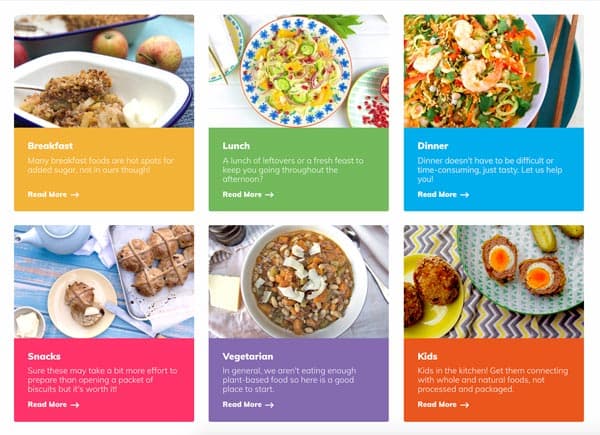Blog
Kicking the habit: 6 ways to remove added-sugar from your diet
There’s still a lot of confusion about the difference between added sugar and naturally-occurring sugar. Unfortunately the way products are labeled and advertised does not help clear up this confusion.
A new article about the topic quotes American sugar scientist, Dr. Laura Schmidt as saying:
“If we can all get ourselves off the sugary drinks, we would be lowering our total sugar consumption, on a population level, by almost half”
Naturally occurring sugar refers to the sugar in whole foods, like the fructose in a whole apple or the lactose in milk. Added sugar is the extra sugars and syrups that are added in the manufacturing of a food, like the white sugar in jam, or the brown sugar in biscuits.
Here are some other points from the article:
- Joining the World Health Organisation and the American Heart Association, the FDA made its 10 percent recommendation for added sugars in order to help folks avoid developing diabetes, cardiovascular disease and obesity, which affects about one-third of American adults and roughly one in five children and teens.
- The AHA says the 10 percent rule converts to no more than 100 calories of added sugar, or six teaspoons, for women, and no more than 150 calories of added sugar, or nine teaspoons, for men.
- For kids, those numbers are even lower. Preschoolers should eat no more than four teaspoons (16 grams), and children ages 4 to 8 should eat no more than three teaspoons (12 grams) a day. Finally, pre-teens and teens should eat no more than five to eight teaspoons (20 to 32 grams) of added sugar a day.
Here are Dr. Schmidt’s top 6 tips for kicking sugar addiction:
- Stop buying sugary drinks.
- Get it out of your environment.
- Delay age of first consumption for kids.
- Be wary of foods that come in boxes, bags and cans.
- Build a supportive community that cares about healthy eating.
- Get politically active.
Follow the link to read the full article.












